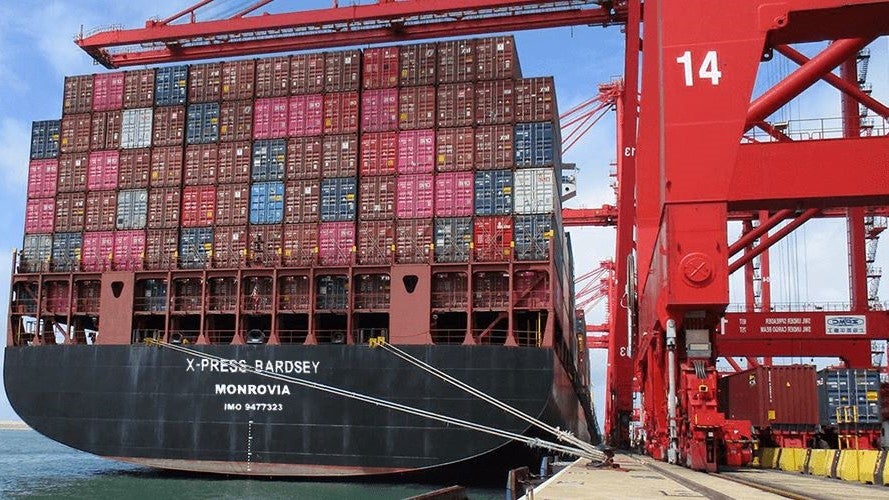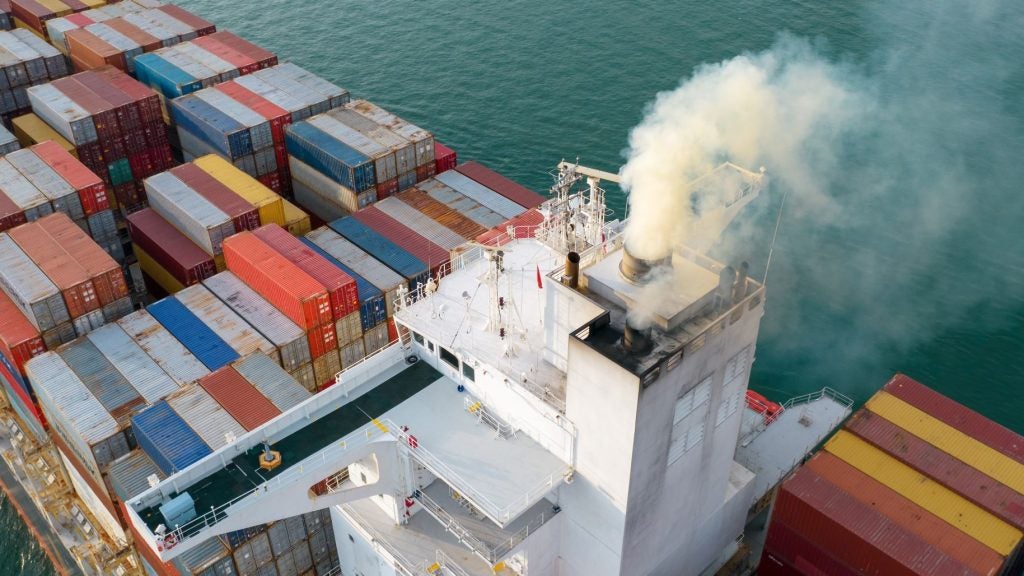
Shipping is one of the least environmentally damaging forms of bulk transport, and with the growing range of green initiatives and technologies, this accolade is one the industry is determined to retain.
From specialist anti-fouling coatings and state-of-the-art sewage systems for cruise ships, to a ballast water treatment market with a projected worth of $34bn by 2020, environmental innovation is finding its way into every facet of modern vessel design.
The logic behind this is based as much in economics as it is in ecology. Surface fouling alone increases drag by anything from 20 to 60%, depending on its nature, reducing a vessel’s speed by 10% and increasing its fuel consumption by as much as 40%, according to research by the US Navy. For the Navy, this represents a potential $1bn per year in extra costs.
Looking at the global picture, estimates from the International Maritime Organization (IMO) suggest that anti-fouling coatings add up to a saving of $60bn worldwide, along with 384 million tonnes of CO2 and 3.6 million tonnes of SO2 annually. With 90% of world trade being conducted by sea, there is a huge potential benefit in making shipping ever-more energy efficient and environmentally focused – something that the industry has not been slow to embrace, not least for the future-proofing it could bring.
Green ship of the future
It is a point that Lene Espersen, then Danish Minister for Economic and Business Affairs – and a ship-owner’s daughter – made regarding the Green Ship of The Future project.
How well do you really know your competitors?
Access the most comprehensive Company Profiles on the market, powered by GlobalData. Save hours of research. Gain competitive edge.

Thank you!
Your download email will arrive shortly
Not ready to buy yet? Download a free sample
We are confident about the unique quality of our Company Profiles. However, we want you to make the most beneficial decision for your business, so we offer a free sample that you can download by submitting the below form
By GlobalData“Within a foreseeable future, shipping will still be dependent on fossil fuels,” she said. “We must work hard to develop energy technologies encompassing shipboard energy production and propulsion of the ship as well as ship operation. What we gain on propulsion and operation will be valid in a non-fossil future.”
The project is an ambitious undertaking that has united a range of companies across the nation’s maritime industry in a drive to develop approaches to cut CO2 by 30%, SOX and NOX by 90% and reduce particulate emissions from existing ships and newbuilds.
Initially founded by four top names in Danish shipping – Aalborg Industries, A.P. Moller-Maersk, MAN Diesel and Odense Steel Shipyard – and with the support of the country’s Ministry of Economics, a total of 25 companies are involved, focusing on the four key areas of machinery, propulsion, operation and logistics.
The initiative unites a wide range of innovative research areas, including heat re-use, design optimisation, engine technology and draft / speed analysis and in 2009, the efforts and advances that this unique project had made were recognised with the Sustainable Shipping Organisation’s International Environmental Award.
While this Danish collaborative venture is taking a comprehensive and all-encompassing approach to meeting its long-term goals, individual component technologies are already making their mark and winning their own awards elsewhere. One of the most promising is CSNOx, an advanced approach to emission abatement, which was named Technology of the Year at the Green Ship Technology Conference 2010.
Developed by Singapore-based Ecospec, CSNOx has been independently verified by the American Bureau of Shipping as having removed 99% SO2, 77% CO2 and 66% NOX from the emissions of an operating 100,000t Aframax tanker.
On that basis, vessels equipped with CSNOX technology meet the strictest Tier 3 requirement for NOX reduction without compromising engine efficiency.
At the heart of the system lies an innovative approach to electrolysis, using the company’s proprietary ultra-low frequency wave technology to treat sea and fresh water, which is then used in the emissions removal process. The resultant wash water surpasses international standards for discharge.
“It is the first practical solution to remove CO2 cost effectively”, Chew Hwee Hong, MD and founder of Ecospec, explains, highlighting that indivisible underlying link between efficiency, economics and the environment.
Green passport LNG
The same thinking is apparent in the award-winning GDF Suez Neptune. Jointly owned by Höegh LNG and Mitsui OSK Lines, and operated by Höegh, this is the company’s first Shuttle and Regasification Vessel, equipped its own onboard system to allow the ship to regasify and discharge natural gas under high pressure directly into a designated deep water port.
This innovative new-built LNG vessel was built by Samsung Heavy Industries and received its ‘green passport’ from Det Norske Veritas, certifying the range of environmental factors considered in her construction, operation and intended eventual disposal.
One of the most effective of these factors is the use of a tri-fuel diesel electric propulsion system, with a single screw and rudder, which principally uses the natural evaporation of the cargo as fuel.
GDF Suez broke the mould with this approach back in 2006-07 when it took delivery of the first three diesel electric LNG carriers in the world, specifically built on its order.
This eco-economic win-win represented by substantial improvements in propulsion efficiency coupled with significantly lower emissions soon saw other lines following suit.
It is perhaps no surprise that the joint winner of the Green Ship of the Year 2010 along with Neptune – the Remontowa-built, Fjord1-owned Moldefjord -is a gas-diesel-electric ferry.
Shipping’s eco-friendly future
Cost efficiency and commercial benefits make powerful drivers and where the interests of economics and the environment lie in conjunction, the door will always be open to appropriate technologies. The path to uptake is, inevitably, less immediately obvious when the goal is a wholly green one, as the situation regarding ballast water treatment illustrates.
The IMO adopted the International Convention for the Control and Management of Ship’s Ballast Water and Sediments in 2004 in an attempt to control the spread of invasive marine species and protect the ecology of sensitive waters. To become effective, the Convention requires ratification by 30 states, representing 35% of the world’s merchant shipping tonnage; to date only 22 states – 23% of the tonnage – have done so.
“Until the Convention is ratified, ship owners have limited incentive to purchase the systems,” says Frost & Sullivan research manager, Fredrick Royan. “In addition, the global economic downturn has affected the shipbuilding industry, lowering the volume of orders for newly constructed vessels, one of the two key market segments for BWT equipment.”
This kind of uncertainty clearly impedes market development, but in the long run, the regulatory framework will inevitably prove critical in shaping the green future of the sector.
But as Espersen notes: “The regulations to be set for safe, secure and environmentally sustainable shipping must be goal-based instead of prescribing technologies and operational standards. Such regulation creates ample room for innovation of new efficient technologies and operating standards.”
When Jaakko Eskola, group vice-president of the Wärtsilä Corporation, was appointed president of the European Marine Equipment Council in March 2008, he warned that “the environmental challenge will top the agenda in all marine-related industries”.
Two years on and it is becoming clearer than ever that the right economic and regulatory conditions have a big part to play in meeting it.







